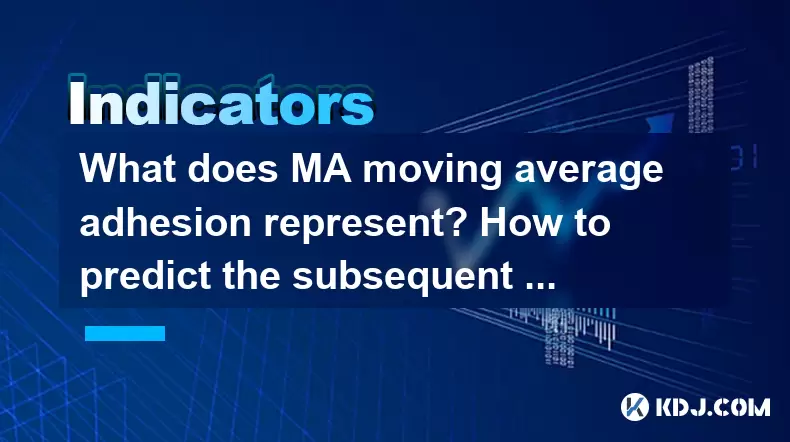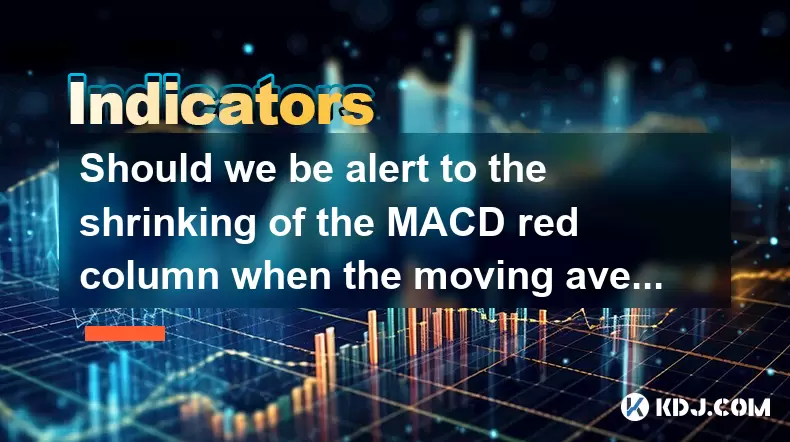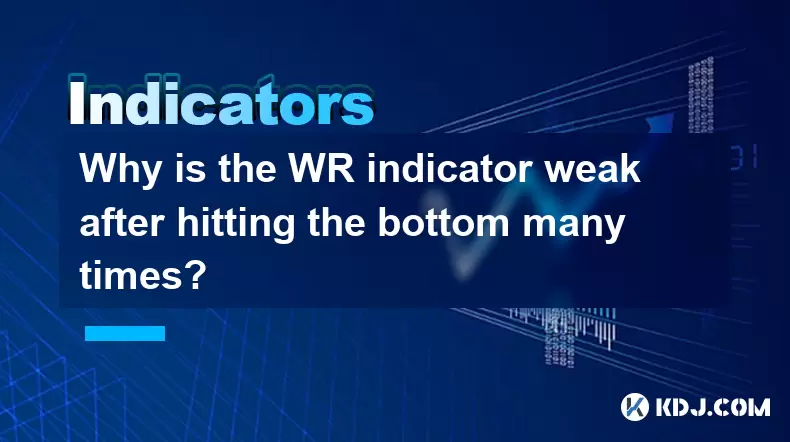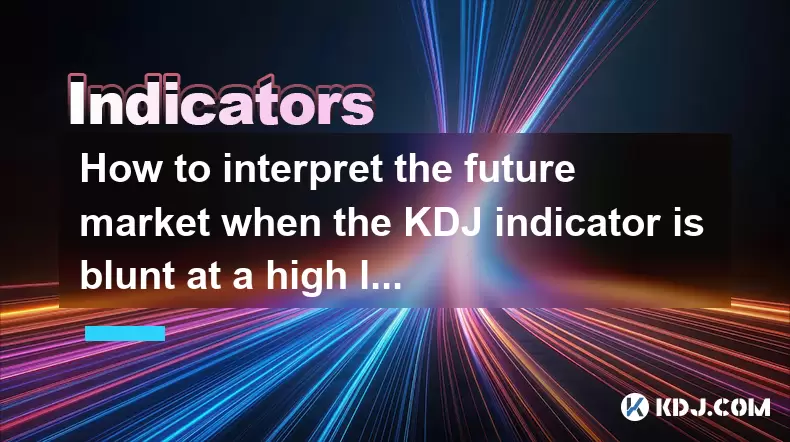-
 Bitcoin
Bitcoin $101,898.5005
-0.75% -
 Ethereum
Ethereum $2,258.1125
-1.07% -
 Tether USDt
Tether USDt $1.0004
0.01% -
 XRP
XRP $2.0178
-2.93% -
 BNB
BNB $624.0243
-1.53% -
 Solana
Solana $134.3298
-0.90% -
 USDC
USDC $0.9999
0.01% -
 TRON
TRON $0.2675
-2.05% -
 Dogecoin
Dogecoin $0.1538
-1.96% -
 Cardano
Cardano $0.5482
-1.11% -
 Hyperliquid
Hyperliquid $35.5636
5.45% -
 Bitcoin Cash
Bitcoin Cash $453.4902
-1.66% -
 Sui
Sui $2.5134
-2.97% -
 UNUS SED LEO
UNUS SED LEO $9.1292
1.77% -
 Chainlink
Chainlink $11.8457
-1.60% -
 Stellar
Stellar $0.2312
-2.73% -
 Avalanche
Avalanche $16.9721
0.29% -
 Toncoin
Toncoin $2.7549
-3.82% -
 Shiba Inu
Shiba Inu $0.0...01081
-1.10% -
 Litecoin
Litecoin $80.8250
-0.71% -
 Hedera
Hedera $0.1374
0.21% -
 Monero
Monero $305.4827
-2.36% -
 Ethena USDe
Ethena USDe $1.0006
0.00% -
 Dai
Dai $1.0000
-0.01% -
 Polkadot
Polkadot $3.2085
-3.12% -
 Bitget Token
Bitget Token $4.0845
-3.13% -
 Uniswap
Uniswap $6.3353
-1.63% -
 Pi
Pi $0.5085
-0.70% -
 Pepe
Pepe $0.0...08913
-3.82% -
 Aave
Aave $232.7090
-0.58%
What does MA moving average adhesion represent? How to predict the subsequent trend?
MA moving average adhesion occurs when a crypto's price closely follows a moving average, indicating trend strength and potential future movements.
May 23, 2025 at 06:07 am

What is MA Moving Average Adhesion?
MA moving average adhesion refers to the phenomenon where the price of a cryptocurrency closely follows a specific moving average line. This can be seen as the price either hugging, bouncing off, or being influenced by the moving average. The moving average, often used as a technical indicator, helps traders identify trends and potential reversal points. Adhesion to a moving average can indicate the strength of the current trend and provide insights into future price movements.
Types of Moving Averages
Moving averages come in various forms, with the most common being the Simple Moving Average (SMA) and the Exponential Moving Average (EMA).
Simple Moving Average (SMA): This is calculated by taking the arithmetic mean of a given set of prices over a specific number of periods. For example, a 50-day SMA is the average closing price of the last 50 days.
Exponential Moving Average (EMA): This places more weight on recent prices, making it more responsive to new information. An EMA can help traders catch trends more quickly than an SMA.
Identifying MA Adhesion
To identify MA adhesion, traders typically observe how the price interacts with a chosen moving average over time. Here are some signs of adhesion:
- Price Hugging the MA: The price remains very close to the moving average line without significant deviations.
- Bouncing Off the MA: The price frequently touches the moving average and then rebounds, indicating the MA acts as a support or resistance level.
- Price Following the MA: The price trend closely mirrors the direction of the moving average, suggesting the MA is guiding the price movement.
Predicting Subsequent Trends Using MA Adhesion
Predicting subsequent trends based on MA adhesion involves understanding how the price interacts with the moving average and using this information to make informed trading decisions. Here are some methods to predict trends:
Trend Continuation: If the price continues to adhere to an upward or downward moving average, it suggests the current trend is likely to persist. Traders might look for opportunities to enter trades in the direction of the trend.
Breakouts and Reversals: A sudden break away from the moving average can signal a potential trend reversal or breakout. Traders should watch for significant volume increases during these breakouts as confirmation.
Support and Resistance Levels: If the moving average acts as a strong support or resistance level, traders can use this information to set stop-loss orders or take-profit levels.
Practical Example of Using MA Adhesion for Prediction
Let's walk through a practical example of how to use MA adhesion to predict subsequent trends in a cryptocurrency like Bitcoin.
Choose the Moving Average: Start by selecting a moving average that aligns with your trading strategy. For this example, let's use a 50-day EMA.
Observe Price Interaction: Monitor how Bitcoin's price interacts with the 50-day EMA over time. If the price consistently hugs the EMA, it indicates strong adhesion.
Identify Trends: If Bitcoin's price is trending upwards and closely following the 50-day EMA, this suggests a bullish trend. Conversely, if the price is trending downwards and adhering to the EMA, it indicates a bearish trend.
Look for Breakouts: Watch for instances where the price breaks away from the EMA. A breakout above the EMA during an uptrend could signal a continuation of the bullish trend, while a breakout below the EMA during a downtrend might confirm a bearish trend.
Set Trading Parameters: Based on the observed adhesion and potential breakouts, set entry points, stop-loss levels, and take-profit targets. For example, if the price is hugging the 50-day EMA during an uptrend, consider entering a long position near the EMA with a stop-loss just below the EMA.
Tools and Indicators to Enhance MA Adhesion Analysis
To enhance your analysis of MA adhesion, consider using additional technical indicators and tools:
Volume Indicators: High trading volume during breakouts or reversals can confirm the strength of the move.
Relative Strength Index (RSI): This momentum oscillator can help identify overbought or oversold conditions, which can complement MA adhesion signals.
Moving Average Convergence Divergence (MACD): This trend-following momentum indicator can help confirm the direction of the trend indicated by MA adhesion.
Frequently Asked Questions
Q: Can MA adhesion be used for short-term trading?
A: Yes, MA adhesion can be used for short-term trading by focusing on shorter time frames and using shorter-period moving averages, such as a 10-day or 20-day EMA. Traders should be aware that shorter time frames can be more volatile and require quicker decision-making.
Q: How do different cryptocurrencies affect the reliability of MA adhesion?
A: The reliability of MA adhesion can vary across different cryptocurrencies due to factors like market liquidity, volatility, and trading volume. More liquid and widely traded cryptocurrencies like Bitcoin and Ethereum tend to exhibit more reliable MA adhesion patterns compared to less liquid altcoins.
Q: What are the risks of relying solely on MA adhesion for trading decisions?
A: Relying solely on MA adhesion can be risky because it does not account for other market factors such as news events, regulatory changes, or broader market sentiment. It's essential to use MA adhesion in conjunction with other technical indicators and fundamental analysis to make well-rounded trading decisions.
Q: How can traders avoid false signals when using MA adhesion?
A: To avoid false signals, traders should use multiple time frames for analysis, incorporate other technical indicators like RSI and MACD, and pay attention to trading volume. Additionally, setting clear risk management rules, such as stop-loss orders, can help mitigate the impact of false signals.
Disclaimer:info@kdj.com
The information provided is not trading advice. kdj.com does not assume any responsibility for any investments made based on the information provided in this article. Cryptocurrencies are highly volatile and it is highly recommended that you invest with caution after thorough research!
If you believe that the content used on this website infringes your copyright, please contact us immediately (info@kdj.com) and we will delete it promptly.
- FUNToken: Decoding Past Trends and Getting Started in the Gaming Crypto Sphere
- 2025-06-23 22:25:12
- BTC Price Analysis: Navigating Volatility and the Quest for a New ATH
- 2025-06-23 22:25:12
- Genesis, Bitcoin Mining, and Air-Cooled Miners: A New Era?
- 2025-06-23 22:45:12
- Coinbase's Growth and Resilience: Navigating the Crypto Landscape
- 2025-06-23 22:45:12
- Bitcoin Options Market: Bullish Bets Amidst Geopolitical Jitters
- 2025-06-23 22:51:52
- Dubai's Virtual Asset Scene Heats Up: GAP 3 Partners Lands Landmark Investment Advisor License
- 2025-06-23 22:55:12
Related knowledge

What is the significance of the gap formed by the gap opening not being filled within five days?
Jun 23,2025 at 09:42pm
Understanding Gaps in Cryptocurrency TradingIn the world of cryptocurrency trading, a gap refers to a situation where the price of an asset jumps from one level to another without any trading activity occurring between those two levels. This often happens over weekends or holidays when the market is closed, and significant news or events occur that impa...

Does the second golden cross of MACD above the zero axis represent the continuation of strength?
Jun 23,2025 at 08:21pm
Understanding the MACD IndicatorThe Moving Average Convergence Divergence (MACD) is a widely used technical analysis tool in cryptocurrency trading. It consists of three main components: the MACD line, the signal line, and the histogram. The MACD line is calculated by subtracting the 26-period Exponential Moving Average (EMA) from the 12-period EMA. The...

Is it effective when the DIF line suddenly crosses the zero axis when the volume is shrinking and the market is trading sideways?
Jun 23,2025 at 07:29pm
Understanding the DIF Line in Technical AnalysisThe DIF line, or the Difference Line, is a critical component of the MACD (Moving Average Convergence Divergence) indicator, widely used in technical analysis across cryptocurrency and traditional financial markets. It represents the difference between the 12-period EMA (Exponential Moving Average) and the...

Should we be alert to the shrinking of the MACD red column when the moving average is arranged in a bullish pattern?
Jun 23,2025 at 08:14pm
Understanding the MACD Red Column and Its SignificanceThe Moving Average Convergence Divergence (MACD) is a widely used technical indicator in cryptocurrency trading. It consists of three main components: the MACD line, the signal line, and the MACD histogram (the red column). The red column represents the difference between the MACD line and the signal...

Why is the WR indicator weak after hitting the bottom many times?
Jun 23,2025 at 07:56pm
Understanding the WR Indicator in Cryptocurrency TradingThe Williams %R (WR) indicator is a momentum oscillator used by traders to identify overbought and oversold levels in the market. It ranges from 0 to -100, with readings above -20 considered overbought and below -80 considered oversold. In the context of cryptocurrency trading, where volatility is ...

How to interpret the future market when the KDJ indicator is blunt at a high level for a long time?
Jun 23,2025 at 10:35pm
Understanding the KDJ Indicator in Cryptocurrency TradingThe KDJ indicator, also known as the stochastic oscillator, is a momentum-based technical analysis tool used to identify overbought and oversold conditions in financial markets. It consists of three lines: the %K line (fast stochastic), the %D line (slow stochastic), and the J line (divergence). I...

What is the significance of the gap formed by the gap opening not being filled within five days?
Jun 23,2025 at 09:42pm
Understanding Gaps in Cryptocurrency TradingIn the world of cryptocurrency trading, a gap refers to a situation where the price of an asset jumps from one level to another without any trading activity occurring between those two levels. This often happens over weekends or holidays when the market is closed, and significant news or events occur that impa...

Does the second golden cross of MACD above the zero axis represent the continuation of strength?
Jun 23,2025 at 08:21pm
Understanding the MACD IndicatorThe Moving Average Convergence Divergence (MACD) is a widely used technical analysis tool in cryptocurrency trading. It consists of three main components: the MACD line, the signal line, and the histogram. The MACD line is calculated by subtracting the 26-period Exponential Moving Average (EMA) from the 12-period EMA. The...

Is it effective when the DIF line suddenly crosses the zero axis when the volume is shrinking and the market is trading sideways?
Jun 23,2025 at 07:29pm
Understanding the DIF Line in Technical AnalysisThe DIF line, or the Difference Line, is a critical component of the MACD (Moving Average Convergence Divergence) indicator, widely used in technical analysis across cryptocurrency and traditional financial markets. It represents the difference between the 12-period EMA (Exponential Moving Average) and the...

Should we be alert to the shrinking of the MACD red column when the moving average is arranged in a bullish pattern?
Jun 23,2025 at 08:14pm
Understanding the MACD Red Column and Its SignificanceThe Moving Average Convergence Divergence (MACD) is a widely used technical indicator in cryptocurrency trading. It consists of three main components: the MACD line, the signal line, and the MACD histogram (the red column). The red column represents the difference between the MACD line and the signal...

Why is the WR indicator weak after hitting the bottom many times?
Jun 23,2025 at 07:56pm
Understanding the WR Indicator in Cryptocurrency TradingThe Williams %R (WR) indicator is a momentum oscillator used by traders to identify overbought and oversold levels in the market. It ranges from 0 to -100, with readings above -20 considered overbought and below -80 considered oversold. In the context of cryptocurrency trading, where volatility is ...

How to interpret the future market when the KDJ indicator is blunt at a high level for a long time?
Jun 23,2025 at 10:35pm
Understanding the KDJ Indicator in Cryptocurrency TradingThe KDJ indicator, also known as the stochastic oscillator, is a momentum-based technical analysis tool used to identify overbought and oversold conditions in financial markets. It consists of three lines: the %K line (fast stochastic), the %D line (slow stochastic), and the J line (divergence). I...
See all articles
























































































